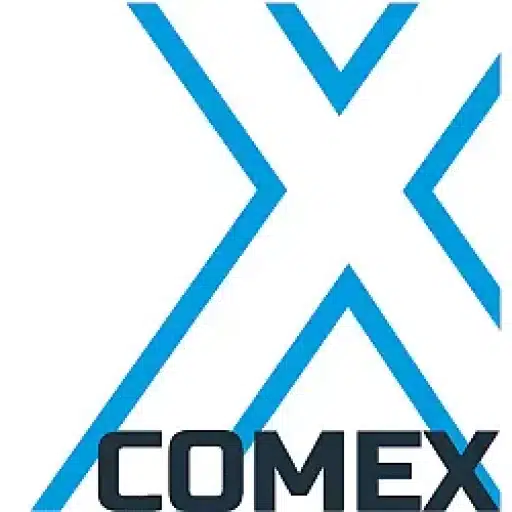+31 (0)43 30 88 400 | office@comex.eu
Ransomware encrypts your backup!
Ransomware encrypts your backup!

No doubt you are familiar with the term “ransomware”: a form of malware that holds files or even the entire computer hostage, so to speak. You cannot regain access until you pay a ransom (ransom). If you don’t, your files will be destroyed and you will lose everything. Those who are smart therefore make sure they have a good and up-to-date backup. Thus, much can be saved in the case of ransomware. Many organizations now know how to guard against ransomware. But the hostage takers are not stupid either. They are constantly one step ahead and have now come up with something new: they encrypt the backup first and then the regular files. Consider, for example, the recently surfaced Samsam.
Ransomware-proof!
This malware makes it impossible to fall back on your backup. So now that means you also need to make sure you are ransomware-proofing your backup. You can, but not every backup carrier is suitable for this. With the widely used disk-to-disk backup (D2D), for example, it doesn’t work because the disk backup is made to be overwritten. Besides, they are ordinary hard drives and they can be encrypted. If you want to create a ransomware-proof backup, you need to make sure that you have a linear storage system, for example, that ensures that the ransomware cannot take the already stored data hostage. This data can really only be edited by a (human) administrator or the backup software. So this can only be done with a tape or a Silent Brick.
Linear storage
On a tape or Silent Brick, data is stored linearly, that is, sequentially. You can only erase data by reformatting the entire medium. This is simultaneously the protection against ransomware, because even ransomware cannot change this data. Yes, ransomware can pick up this data, encrypt it and rewrite it. But even then, the original data are unchanged and thus preserved. Our expectation is that this form of ransomware will become increasingly common and evolve in the near future. So it is important to guard against that and back up on a linear storage system!

